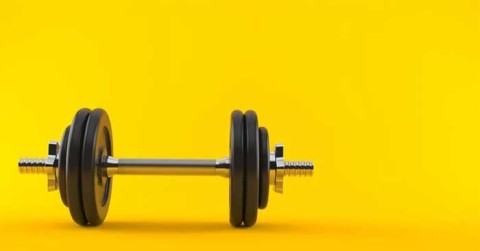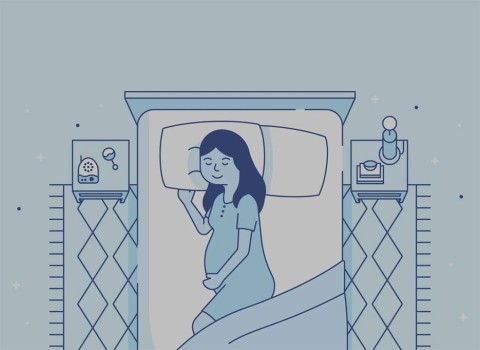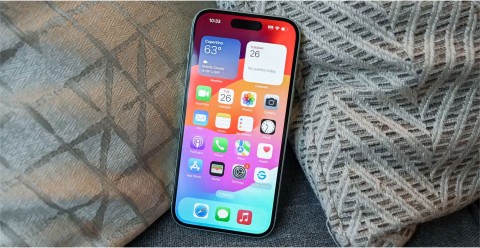The most commonly deficient nutrients in the diet

Diet is important to our health. Yet most of our meals are lacking in these six important nutrients.
The bloodiest war in American history also had a lasting impact on health and medicine. Here are some of the notable medical innovations of the American Civil War .
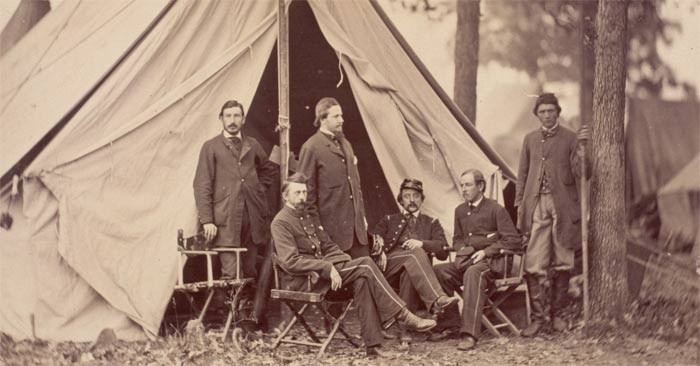
Revolutionary improvements to medicine during the Civil War
The old battlefield technique of trying to save limbs with a dose of TLC (with the help of mice and maggots cleaning out wounds) fell out of favor during the Civil War, even among high-ranking officers. The number of wounded was so great that war surgeons discovered that the best way to prevent deadly infections was simply to amputate the injured body part—and quickly.
Among those saved by saws was Daniel E. Sickles, the eccentric commander of the Third Army Corps. In 1863, at the Battle of Gettysburg, the major general’s right leg was shattered by a Confederate shell. Within an hour, the leg was amputated just above the knee. His procedure, publicized in the military press, paved the way for many others. When the new Museum of Army Medicine in Washington, DC, asked for donations of a specimen for the battlefield, Sickles sent it to them in a box labeled “With the compliments of Major General DES.” Sickles visited his leg every year on the anniversary of its loss.
Amputation saved more lives than any other wartime medical procedure by instantly transforming complex wounds into simple ones. It took surgeons on the battlefield no more than six minutes to bring each groaning man to the table, press a handkerchief soaked in chloroform or ether to his nose, and make a deep cut. Union surgeons became the most skilled amputators in history. Even under terrible conditions, they lost only about 25 percent of their patients—compared to a 75 percent mortality rate among similarly wounded civilians at the time. The techniques devised by wartime surgeons—including cutting as far away from the heart as possible and never cutting through the joints—became standard.
In 1863, Stonewall Jackson's surgeon recommended amputating his left arm, which had been badly wounded by gunfire. When a chloroform-soaked cloth was placed over his nose, he prayed in excruciating pain before becoming weak.
However, the Confederate army had difficulty securing enough anesthetic because of the Union blockade. The standard method of soaking handkerchiefs in chloroform wasted the liquid as it evaporated. Dr. Julian John Chisolm solved this dilemma by inventing a 2.5-inch spray bottle, the first of its kind. Chloroform was dripped through a ring perforated on the side into a sponge inside; when the patient inhaled through tubes, the vapor mixed with the air. The new method required only one-eighth of an ounce of chloroform, compared to the old two-ounce dosage. So while surgeons operated on their patients 80,000 times during the war, the rebels treated nearly as many patients with a fraction of the drug they had in stock.

Early in the war, Benjamin Howard, a young surgeon, was sent to the rear with a mission: to change bandages, suture wounds, and get food to doctors. But when other surgeons decided that chest wounds did not need to be treated, Howard tried a new life-saving procedure.
Early in the war, a bloody chest wound was almost certainly a death sentence. Of French soldiers shot in the chest during the Crimean War (1853–1856), only 8 percent survived. The problem, Howard realized, was not the wound itself, but the suction. The negative pressure in the chest was created by the opening in the chest cavity. This effect often caused the lungs to collapse, leading to suffocation.
The young doctor discovered that if he sutured the wound with metal thread, then alternated layers of linen bandages and a few drops of collodion (a syrupy solution that forms a sticky film when dry), he could create an airtight seal. Survival rates quadrupled, and Howard's innovation soon became standard treatment.
Carleton Burgan of Maryland was in dire straits. The 20-year-old private had survived pneumonia, but the mercury pills he had taken to treat it had caused gangrene that quickly spread from his mouth to his eyes and required the amputation of his right cheekbone. He was willing to try anything to restore his face. In a series of pioneering operations in 1862, a surgeon from the City Hospital in New York used dental and facial fixators to fill in the missing bone until Burgan's face regained its shape.
The doctor was Gurdon Buck, now considered the father of modern plastic surgery. During the war, he and other Union surgeons completed 32 revolutionary “plastic surgeries” on disfigured soldiers. Buck was the first to photograph his repairs and the first to make gradual changes over several surgeries. He also pioneered the use of tiny stitches to minimize scarring.
To some, this may seem quite outlandish, like 19th-century science fiction. An Illinois newspaper enthusiastically but erroneously described the new treatments: " The progress of medical science in these parts is so astonishing that half a man's face, destroyed by a ball or a piece of shell, is replaced by a cork face! ".
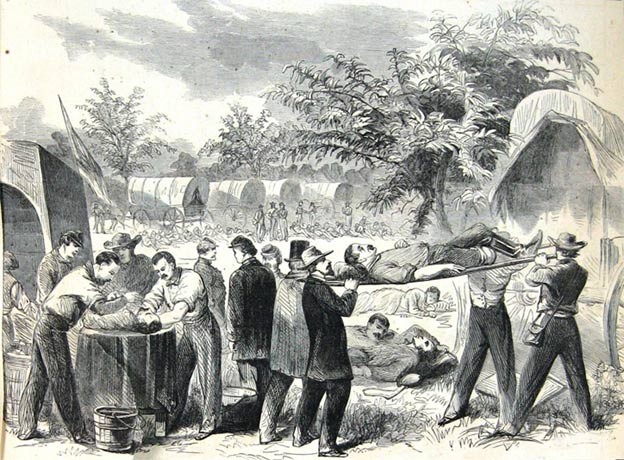
Most of the civilian drivers in the Civil War were untrained and “of the lowest character,” according to Dr. Henry Ingersoll Bowditch, an activist whose son died after lying wounded for hours following an attack. He added that many of them were cowards or drunks.
It took Jonathan Letterman, the Army of the Potomac’s chief medical officer, just six weeks to develop a brilliant system for evacuating and caring for the wounded, which became the model for the ambulance-to-emergency-room system we know today. On September 17, 1862, the Battle of Antietam left 2,108 Union soldiers dead and nearly 10,000 wounded. Letterman organized a fleet of 50 ambulances, each with a driver and two stretcher-bearers, to transport the wounded to field hospitals. He rented his own wagons to carry medical supplies to avoid enemy damage to the railroads. He even fitted the ambulances with spring suspensions and added lockboxes under the drivers’ seats to make it harder for soldiers to steal food, bedding, and morphine for the wounded.
Diet is important to our health. Yet most of our meals are lacking in these six important nutrients.
At first glance, AirPods look just like any other true wireless earbuds. But that all changed when a few little-known features were discovered.
In this article, we will guide you how to regain access to your hard drive when it fails. Let's follow along!
Dental floss is a common tool for cleaning teeth, however, not everyone knows how to use it properly. Below are instructions on how to use dental floss to clean teeth effectively.
Building muscle takes time and the right training, but its something anyone can do. Heres how to build muscle, according to experts.
In addition to regular exercise and not smoking, diet is one of the best ways to protect your heart. Here are the best diets for heart health.
The third trimester is often the most difficult time to sleep during pregnancy. Here are some ways to treat insomnia in the third trimester.
There are many ways to lose weight without changing anything in your diet. Here are some scientifically proven automatic weight loss or calorie-burning methods that anyone can use.
Apple has introduced iOS 26 – a major update with a brand new frosted glass design, smarter experiences, and improvements to familiar apps.
Yoga can provide many health benefits, including better sleep. Because yoga can be relaxing and restorative, its a great way to beat insomnia after a busy day.
The flower of the other shore is a unique flower, carrying many unique meanings. So what is the flower of the other shore, is the flower of the other shore real, what is the meaning and legend of the flower of the other shore?
Craving for snacks but afraid of gaining weight? Dont worry, lets explore together many types of weight loss snacks that are high in fiber, low in calories without making you try to starve yourself.
Prioritizing a consistent sleep schedule and evening routine can help improve the quality of your sleep. Heres what you need to know to stop tossing and turning at night.
Adding a printer to Windows 10 is simple, although the process for wired devices will be different than for wireless devices.
You want to have a beautiful, shiny, healthy nail quickly. The simple tips for beautiful nails below will be useful for you.



